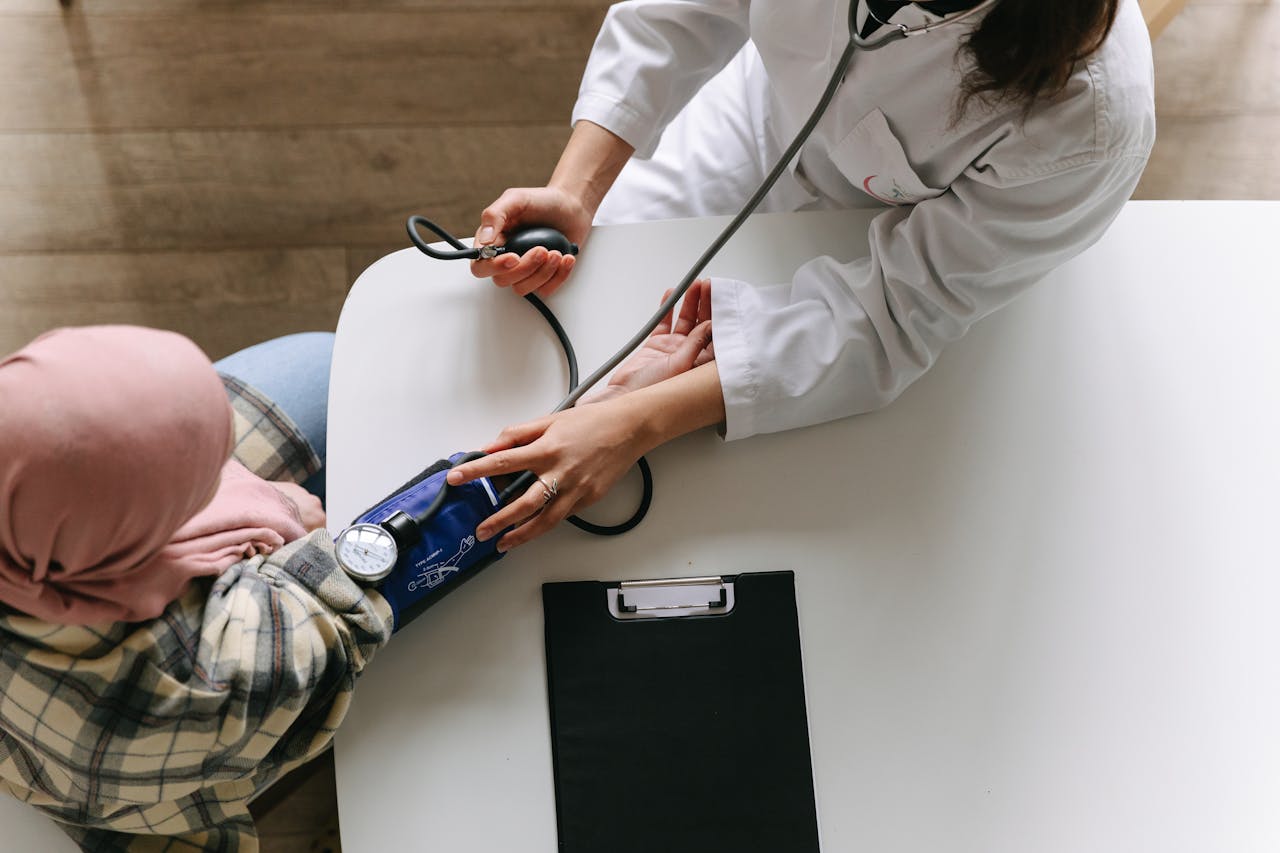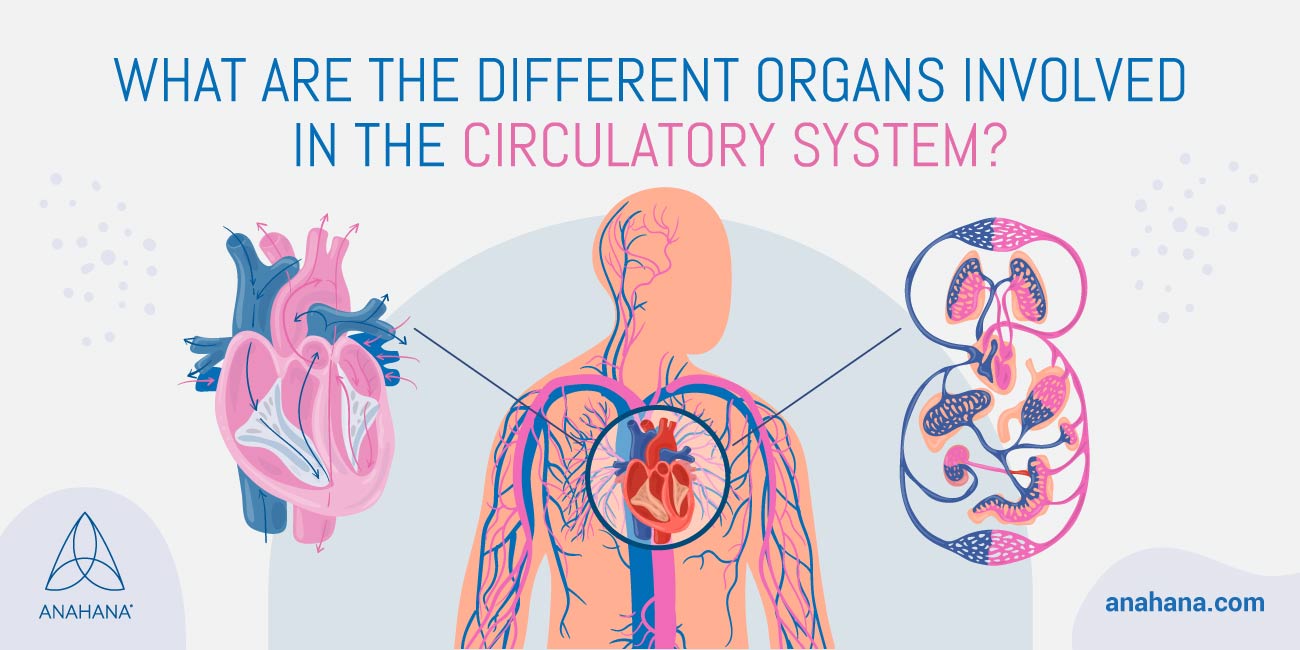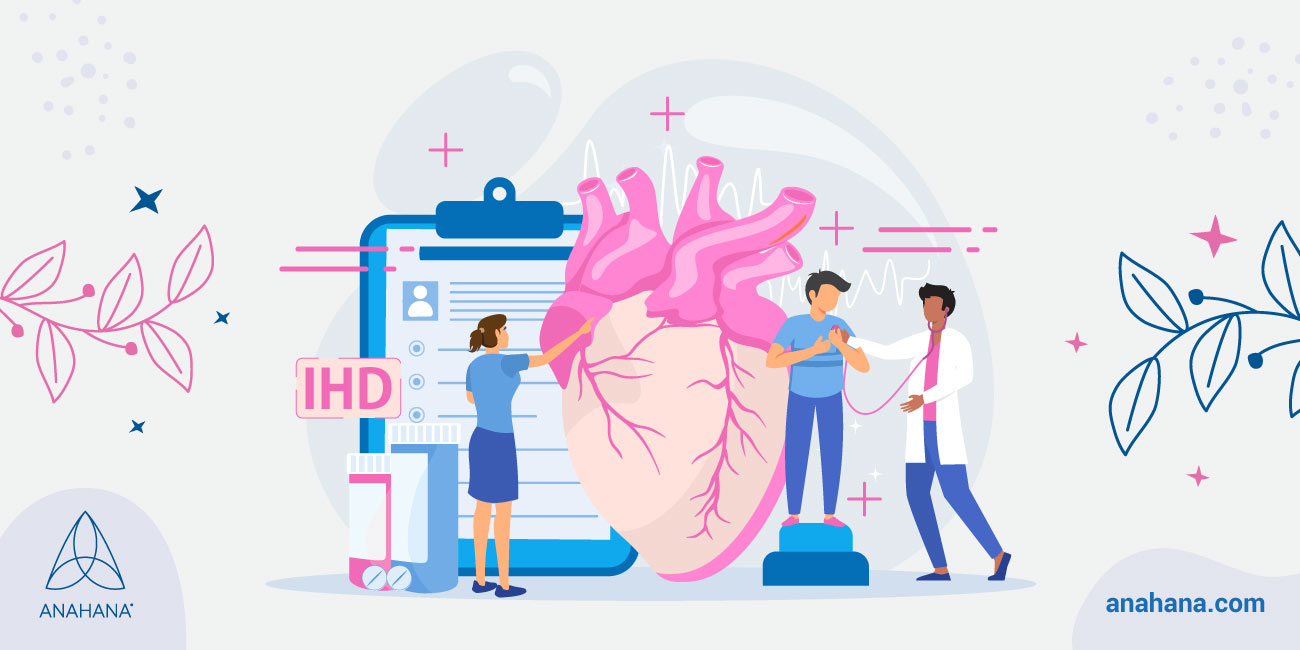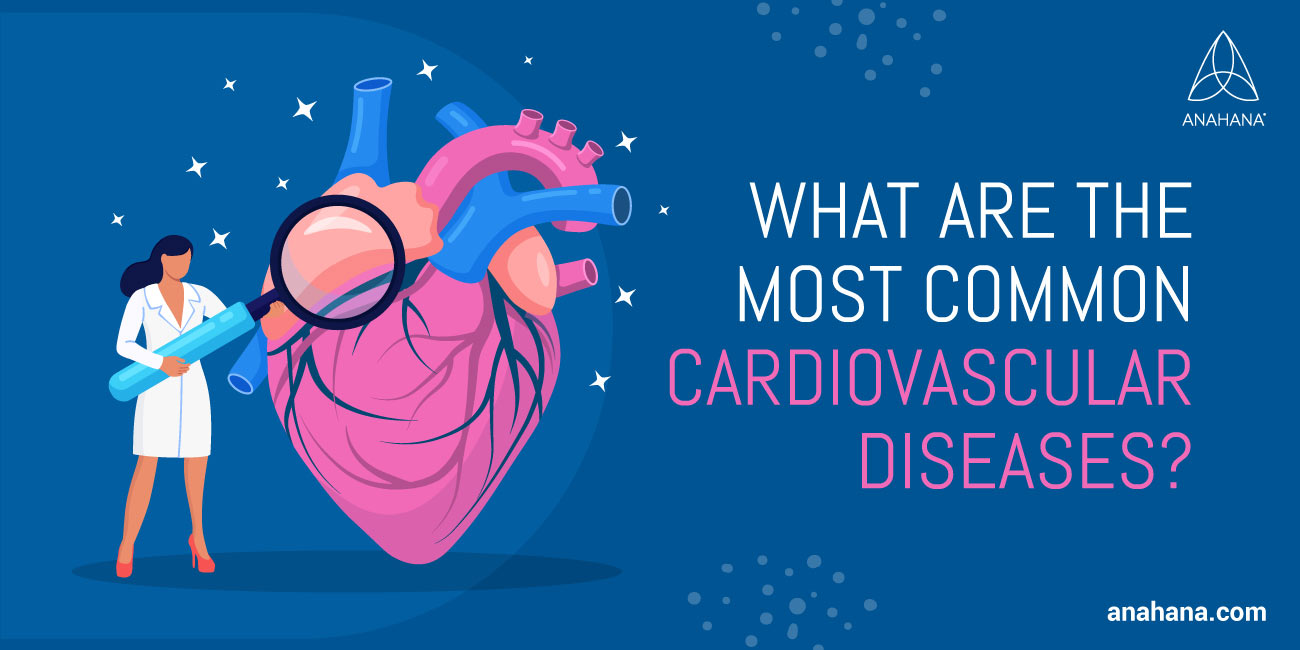
Table of Contents
The circulatory system, which includes the heart and blood vessels, is an important system that delivers oxygen and nutrients to the body and removes waste products.
Key Takeaways
- The circulatory system includes the heart and blood vessels, where the heart pumps blood.
- The left ventricle sends oxygen-rich blood into systemic circulation through the arteries.
- Pulmonary circulation exchanges carbon dioxide for oxygen in the lungs.
- Arteries carry blood away from the heart, while veins carry deoxygenated blood back.
- Tiny blood vessels and red blood cells ensure a steady blood flow to organs.
- Conditions like high blood pressure can affect blood supply and circulation.
What is the Circulatory System
The circulatory system is a vital system that helps distribute oxygen, nutrients, and hormones throughout the body. It consists of the heart and blood vessels – arteries and veins – which pump and deliver blood throughout the body. The arteries carry oxygen-rich blood away from the heart to the body, and the veins carry oxygen-depleted blood from the body back to the heart.
The circulatory system also helps to remove waste products from the body, such as carbon dioxide and others. Simultaneously, the circulatory system is responsible for maintaining blood pressure, fighting infections, and assisting in the elimination of toxins from the blood.
History of the Circulatory System
The circulatory system study began centuries ago, with the first recorded mention of the heart in the writings of the Ancient Greek physician Hippocrates. Italian physician Andrea Vesalius conducted the first scientific study of the circulatory system in 1543.
In 1628, English physician William Harvey published his ground-breaking work on the circulatory system, which correctly described blood flow through the body. Harvey's work was instrumental in our understanding of the circulatory system.
Recent research has shown that the circulatory system is much more complex than previously thought. The discovery of the lymphatic system has helped to improve our understanding of how the body fights infection.
What Are The Different Organs Involved In The Circulatory System?
 The main organs of the circulatory system are the heart, blood vessels, and lymphatic system. The heart pumps blood through the blood vessels, carrying it to different body parts, while the lymphatic system helps to remove toxins from the blood and is an essential part of the immune system.
The main organs of the circulatory system are the heart, blood vessels, and lymphatic system. The heart pumps blood through the blood vessels, carrying it to different body parts, while the lymphatic system helps to remove toxins from the blood and is an essential part of the immune system.
The Heart
The heart is a muscular organ that pumps blood throughout the body. The heart has four chambers: the right and left atria, which are the upper chambers, and the right and left ventricles, which are the lower chambers. The right side of the heart pumps blood to the lungs, where it picks up oxygen. The left side of the heart pumps oxygenated blood to the rest of the body. Coronary arteries supply oxygenated blood to the heart. Surrounding the heart is a sac called the pericardium.
Blood Vessels
Blood vessels are tubes that carry blood throughout the body. There are three main types of blood vessels: arteries, veins, and capillaries. Arteries are the vessels that carry oxygenated blood away from the heart and towards the organs. The largest artery is called the aorta, which starts from the heart and has ascending and descending branches. Arteries become smaller as they move farther from the body; the smallest arteries are called arterioles.
Veins carry deoxygenated blood back to the heart. The superior and inferior vena cava are the two largest veins that deliver deoxygenated blood to the heart.
Capillaries are tiny blood vessels that connect arteries and veins. Capillaries also have very thin walls that allow for the delivery of oxygen to the cells and the passing of carbon dioxide and waste products to the bloodstream.
Lungs
The lungs receive deoxygenated blood and carbon dioxide through the pulmonary artery from the heart. The lungs get rid of carbon dioxide and oxygenate the blood, and that oxygenated blood is sent back to the heart through the pulmonary veins.
Lymphatic System
The lymphatic system is a network of vessels and organs that helps to remove toxins from the blood. The lymphatic system includes the lymph nodes, which are small, bean-shaped organs that filter the lymph fluid. The lymphatic system also consists of the spleen, thymus, and tonsils. These organs help to fight infection by producing white blood cells.
The lymphatic system filters the lymph fluid as it flows through the lymph nodes. The filtered fluid then returns to the bloodstream. Unlike the cardiovascular system, the lymphatic system does not have a pump to help move the fluid. The movement of the fluid is dependent on the contraction of skeletal muscles. Even simple exercises such as walking can help improve the lymphatic system's function.
Blood Pressure
Blood pressure is the force of blood against the walls of your arteries. When your heart beats, it pumps blood into the arteries, increasing blood pressure. When your heart rests between beats, the blood pressure goes down. Blood pressure is measured in millimeters of mercury (mmHg). Normal blood pressure is 120/80. 120 represents your systolic blood pressure which is the pressure in the arteries when the heart contracts and blood pushes through the arteries. 80 represents diastolic blood pressure, which is the pressure between heartbeats.
Oxygenated Blood and Oxygen Rich Blood
 Oxygenated blood is the blood that the lungs have oxygenated. Oxygenated blood travels from the lungs through the pulmonary veins to the heart's left atrium, the heart's left upper chamber. From there, oxygen-rich blood travels through the arteries to supply tissues and muscles with oxygen and nutrients.
Oxygenated blood is the blood that the lungs have oxygenated. Oxygenated blood travels from the lungs through the pulmonary veins to the heart's left atrium, the heart's left upper chamber. From there, oxygen-rich blood travels through the arteries to supply tissues and muscles with oxygen and nutrients.
Deoxygenated Blood and Carbon Dioxide Rich Blood
Deoxygenated blood is blood that has been emptied of oxygen and is a dark red color. Carbon dioxide-rich blood is blood that has a high concentration of carbon dioxide. Carbon dioxide-rich blood is in the veins traveling from the body back to the heart. Deoxygenated and carbon dioxide-rich blood is sent from the heart through pulmonary arteries to the lungs. The lungs remove the carbon dioxide from the body and provide the blood with oxygen.
Blood Flow
Blood flow is the movement of blood through the circulatory system. The circulatory system has three primary circuits: the pulmonary circuit, the systemic circuit, and the coronary circuit.
The coronary circuit provides the heart with oxygenated blood and includes coronary arteries and veins. Systemic circulation provides oxygenated blood to the body. The blood flow begins in the heart, pumping oxygenated blood through the arteries to the rest of the body. Deoxygenated blood returns to the heart through veins.
The pulmonary circuit brings deoxygenated blood from the heart to the lungs. As blood flows through the body, it delivers oxygen and nutrients from the tissues and returns carbon dioxide and other waste products to the lungs. The blood is oxygenated in the lungs, and the oxygenated blood flows back to the heart and begins the cycle again.
Cardiovascular Diseases
 Cardiovascular disease is a term used to describe a range of conditions that affect the heart and blood vessels. Cardiovascular disease includes coronary heart disease, heart failure, stroke, and cardiovascular disease.
Cardiovascular disease is a term used to describe a range of conditions that affect the heart and blood vessels. Cardiovascular disease includes coronary heart disease, heart failure, stroke, and cardiovascular disease.
Heart Attack
A heart attack is a medical emergency when the heart does not receive proper blood flow because of a cut-off to the blood supply. This can happen if an artery becomes blocked or narrowed. A heart attack can damage the heart muscle and may be lethal since the heart muscles are not receiving oxygenated blood.
Some risk factors for a heart attack include high blood pressure, high levels of cholesterol, and older age. The primary symptoms of a heart attack include chest pain that gets worse or spreads to the shoulder, neck, arms, or jaw, weakness, fatigue, and irregular pulse.
Stroke
A stroke is a medical emergency when the brain's blood supply is cut off. This can happen if an artery to the brain becomes blocked or narrowed. Ischemic strokes occur when a blood clot in a blood vessel supplies the brain, whereas a hemorrhagic stroke occurs when a blood vessel in the brain bursts.
A stroke can damage the brain and may even lead to death. Strokes can result in losses memory, speech, and motor functioning. Rehabilitation following a stroke can be possible as injured brain cells repair themselves over time.
High Blood Pressure
High blood pressure, also known as hypertension, is a condition in which the force of your blood against your artery walls is too high. High blood pressure can damage your heart and make you more susceptible to heart disease, heart attacks, and stroke. Some causes and risk factors for developing high blood pressure include obesity, diabetes, and low physical activity.
How to Improve Cardiovascular Health
Some lifestyle changes can help people lower their blood pressure, including increasing physical activity, maintaining a healthy weight, managing stress levels, quitting smoking, and reducing alcohol intake.
Meditation and mindfulness are some alternative ways to help cardiovascular health is mindfulness and meditation. People who regularly meditate have a lower risk of stroke and heart attacks and lower blood pressure and cholesterol than those who do not meditate.
References
How does the blood circulatory system work? - InformedHealth.org - NCBI Bookshelf
Circulatory System: Anatomy and Function
SEER Training: Classification & Structure of Blood Vessels
What is Cardiovascular Disease? | American Heart Association
Heart Attack | Johns Hopkins Medicine
Understanding Blood Pressure Readings | American Heart Association
Meditation, mindfulness, and music for heart health.
Disclaimer
The contents of this article are provided for informational purposes only and are not intended to substitute for professional medical advice, diagnosis, or treatment. It is always recommended to consult with a qualified healthcare provider before making any health-related changes or if you have any questions or concerns about your health. Anahana is not liable for any errors, omissions, or consequences that may occur from using the information provided.

By: Anahana
The Anahana team of researchers, writers, topic experts, and computer scientists come together worldwide to create educational and practical wellbeing articles, courses, and technology. Experienced professionals in mental and physical health, meditation, yoga, pilates, and many other fields collaborate to make complex topics easy to understand.
